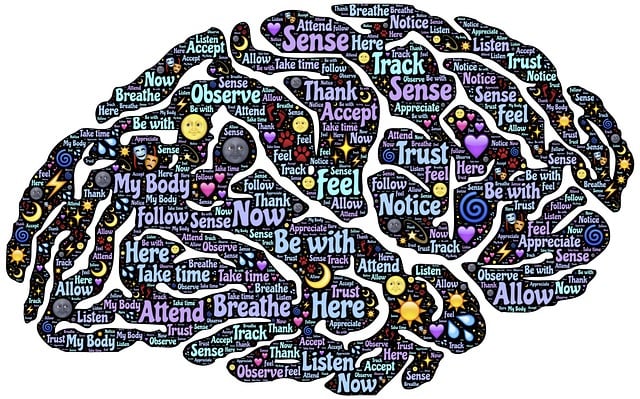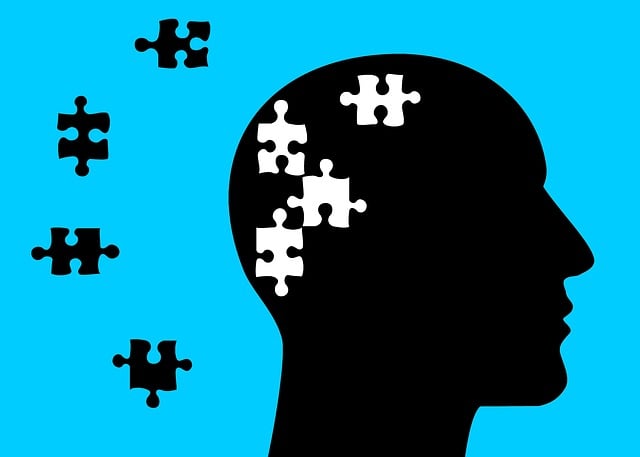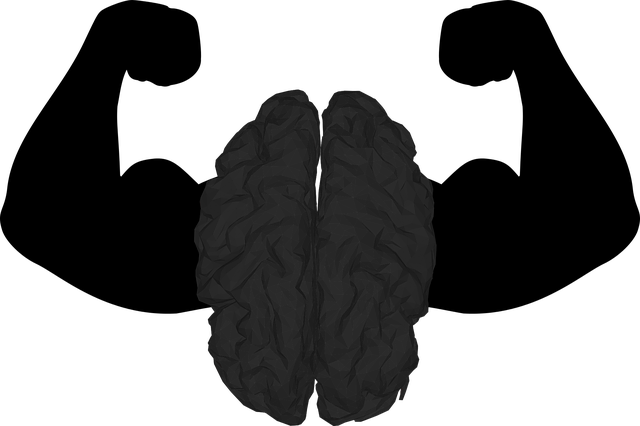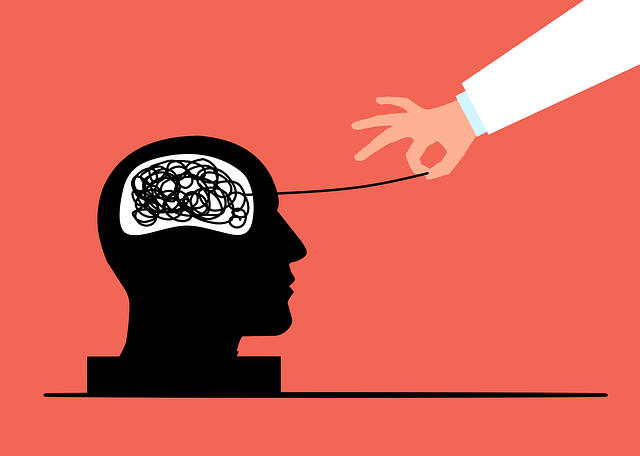Evaluating Northglenn Cognitive Behavioral Therapy (CBT) effectiveness requires a multi-faceted approach combining qualitative and quantitative metrics. This includes tracking patient symptoms, distress levels, and quality of life through standardized scales like GAD-7 or PHQ-9. Participant feedback forms and interviews provide deeper insights. Assessing long-term benefits, such as inner strength development, highlights the holistic value of CBT programs. Quantitative methods, especially surveys, are crucial for continuous improvement, identifying tailored techniques catering to diverse demographics based on symptom improvements and self-care practices.
Mental wellness programs are essential components of holistic healthcare, especially in urban centers like Northglenn where access to specialized therapy is crucial. Evaluating these programs is vital to ensure their effectiveness and adaptability to diverse needs. This article explores three key evaluation methods: Assessing Program Effectiveness through metrics and qualitative techniques; Process Evaluation to understand therapy delivery; and Long-term Impact strategies for sustainable mental health improvements, with a focus on Northglenn Cognitive Behavioral Therapy as a potential game-changer.
- Assessing Program Effectiveness: Metrics and Measures
- – Defining success and outcome evaluation
- – Quantitative methods: Surveys, statistics, and data analysis
Assessing Program Effectiveness: Metrics and Measures

Evaluating the effectiveness of a mental wellness program, such as Northglenn Cognitive Behavioral Therapy (CBT), requires well-defined metrics and measures. These should encompass both qualitative and quantitative assessments to capture the program’s impact holistically. Key performance indicators (KPIs) might include changes in patient symptoms, levels of distress, and quality of life before and after therapy. For instance, measuring anxiety and depression scores using standardized scales like the GAD-7 or PHQ-9 can provide tangible data on the program’s success.
Additionally, qualitative methods such as participant feedback forms and semi-structured interviews offer insights into individuals’ experiences. These techniques allow for a deeper understanding of how the therapy addressed their specific needs and challenges, including aspects like Mindfulness Meditation practices and Burnout Prevention Strategies for Healthcare Providers. Moreover, assessing Inner Strength Development—the ability to navigate life’s stressors with resilience—can reveal long-term benefits beyond initial symptom reduction.
– Defining success and outcome evaluation

Evaluating the success of a mental wellness program involves assessing specific outcomes and goals. In the context of Northglenn Cognitive Behavioral Therapy (NCBT), success could be defined as measurable improvements in participants’ symptoms, thought patterns, and overall functioning. Outcome evaluation measures these changes over time, using tools like standardized questionnaires and clinical interviews to gauge progress. This process helps identify what works best within NCBT, allowing for continuous improvement and refinement of the program’s effectiveness.
Self-care practices and self-esteem improvement are often key outcomes of successful mental wellness programs, including the production of a Mental Wellness Podcast Series. By empowering individuals with coping strategies and enhancing their sense of self, NCBT aims to foster sustainable mental wellness. Evaluating these outcomes ensures that the program aligns with participants’ needs and contributes positively to their long-term well-being.
– Quantitative methods: Surveys, statistics, and data analysis

In evaluating mental wellness programs, particularly those offering Northglenn Cognitive Behavioral Therapy (CBT), quantitative methods play a pivotal role. Surveys are a commonly employed tool to gather data on participants’ perceptions and improvements in symptoms before and after therapy. These can include standardized questionnaires designed to assess specific aspects of mental health, such as anxiety, depression, or stress levels. The analysis of statistical trends from these surveys provides valuable insights into the program’s effectiveness. For instance, tracking changes in scores over time can demonstrate significant improvements, offering a robust evidence base for the CBT techniques employed.
Moreover, quantitative data analysis allows for a nuanced understanding of different demographic groups’ responses to therapy. By examining statistics across various factors like age, gender, or previous mental health histories, researchers and therapists can tailor interventions to better serve diverse populations. This personalized approach contributes to the overall success of the program, ensuring that everyone receives support tailored to their unique needs—be it for coping skills development, inner strength development, or public awareness campaigns designed to destigmatize mental health issues.
Evaluating the effectiveness of mental wellness programs, such as those offering Northglenn Cognitive Behavioral Therapy, requires a multi-faceted approach. By combining quantitative methods like surveys and data analysis with well-defined success metrics, we can accurately assess the impact and improve these critical services. This evaluation process is essential for refining therapy programs, ensuring they meet the needs of individuals seeking support in Northglenn and similar communities.














